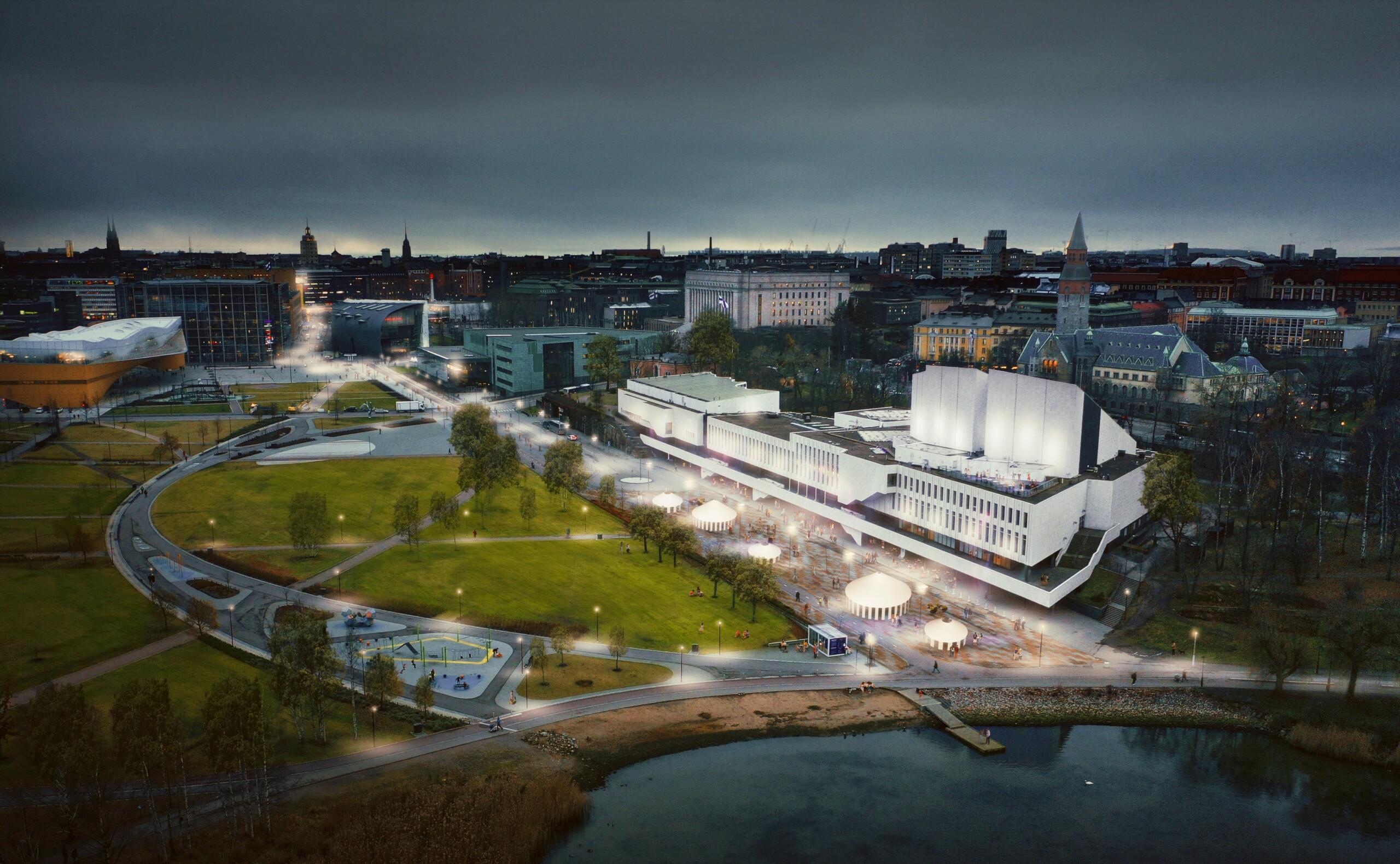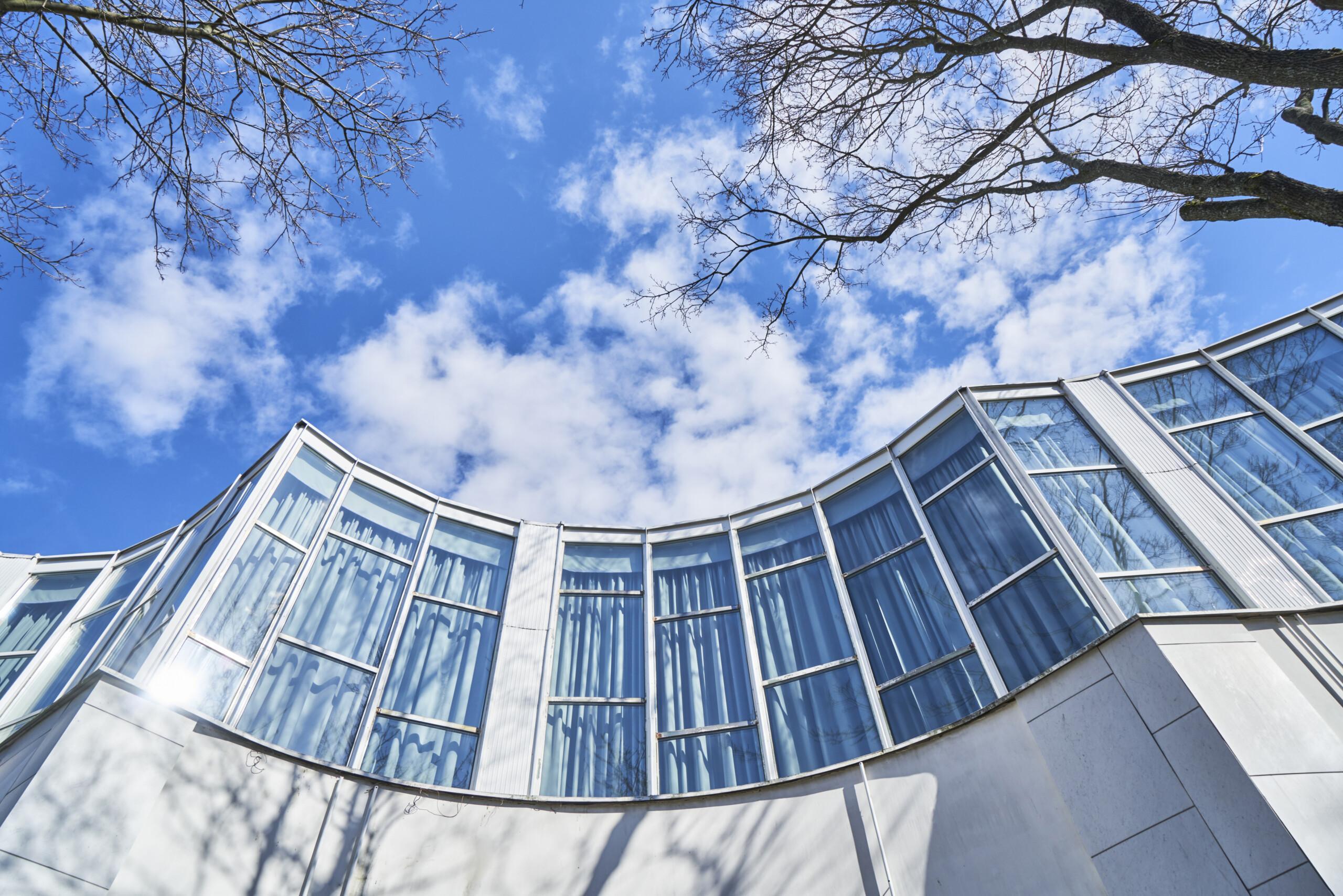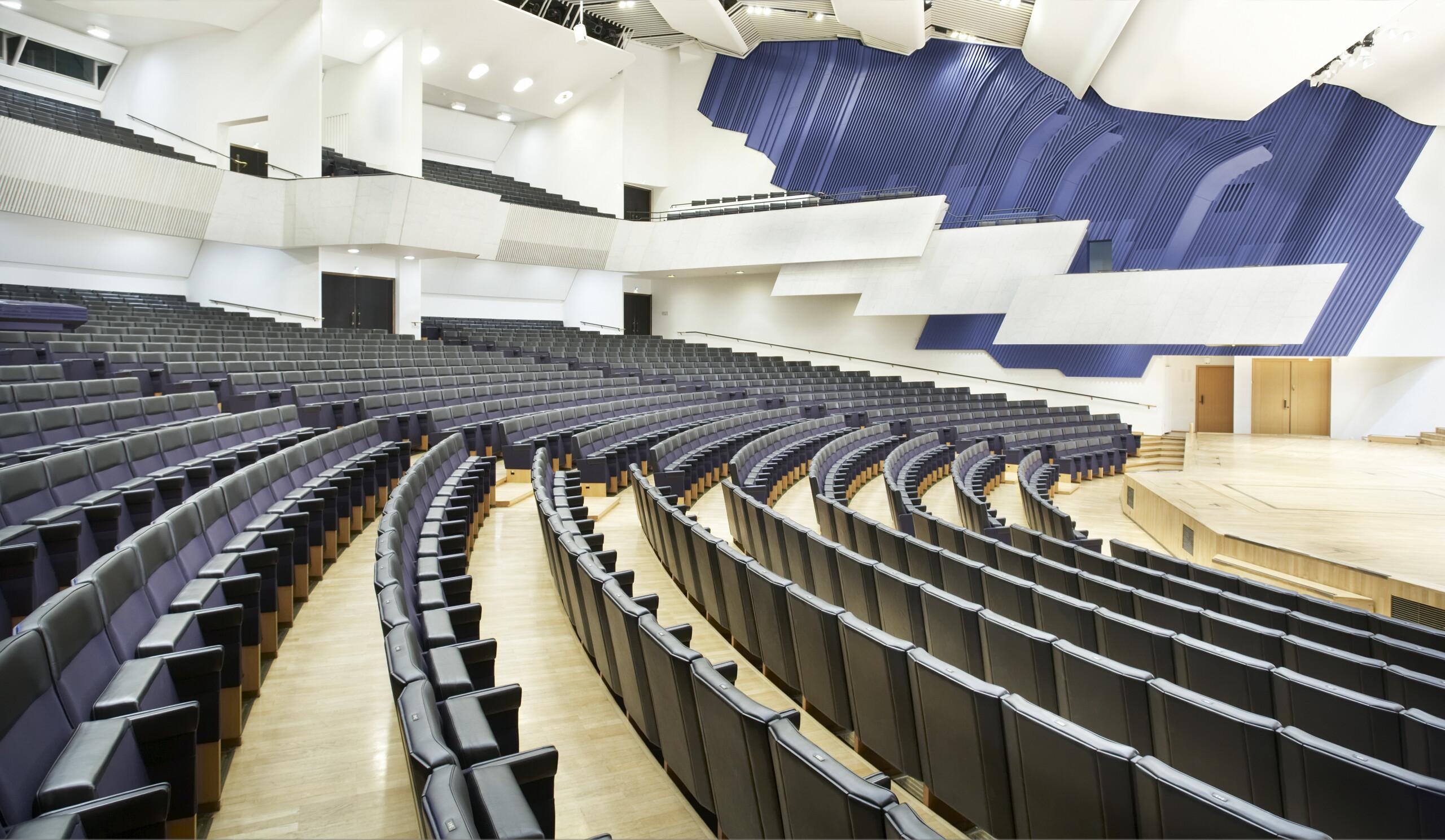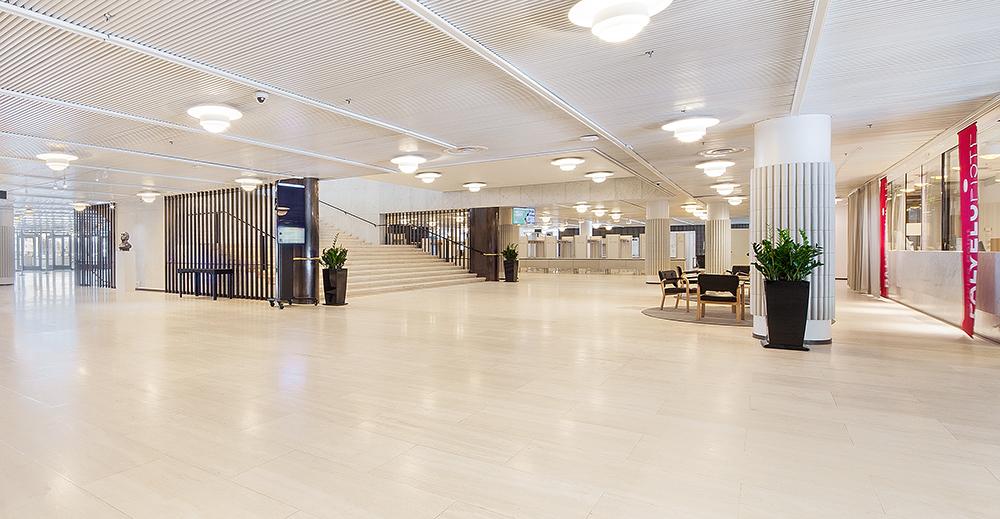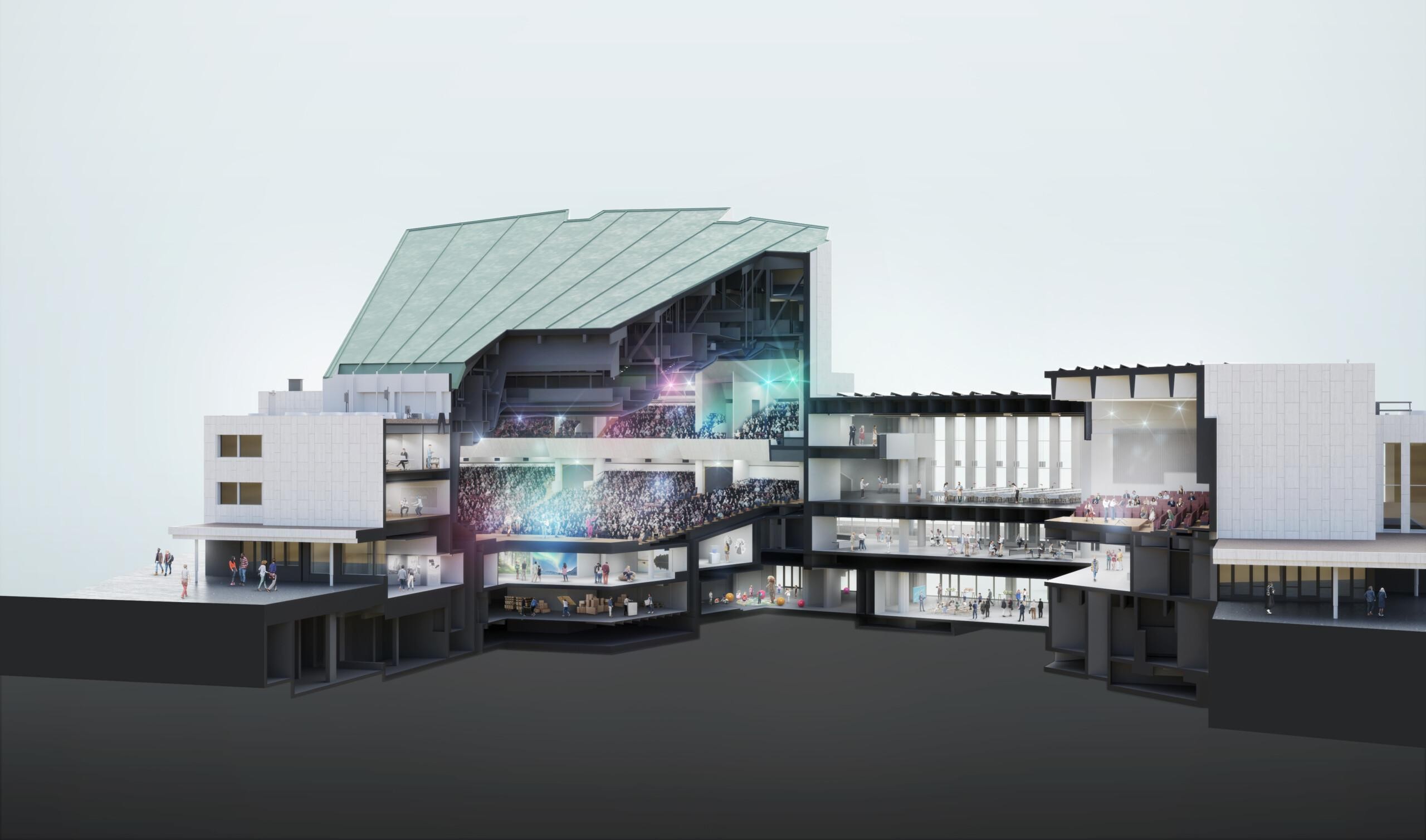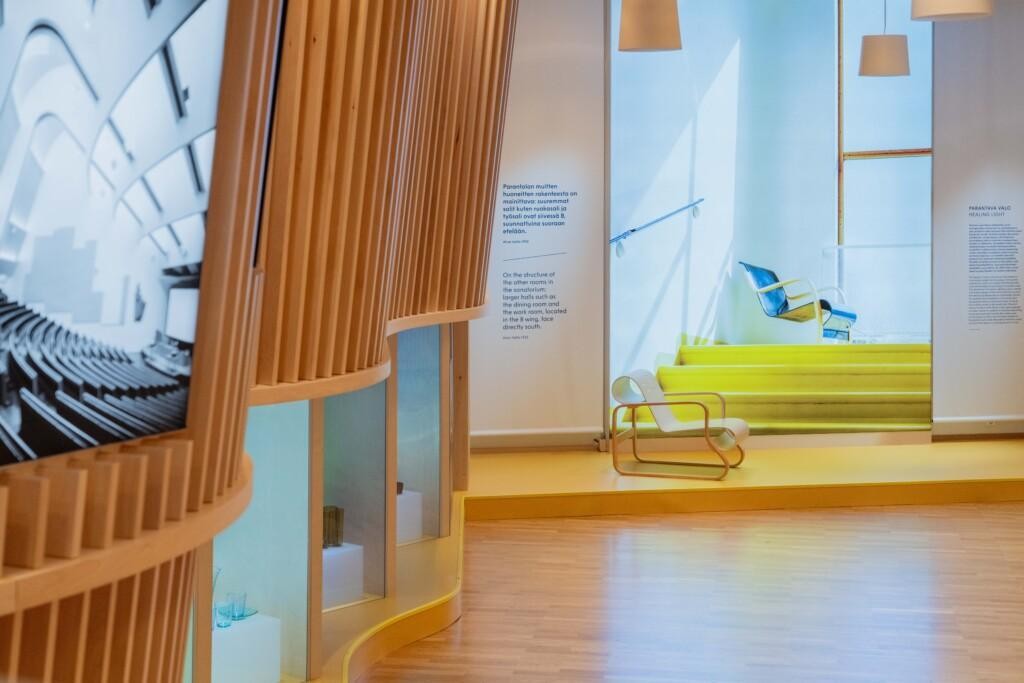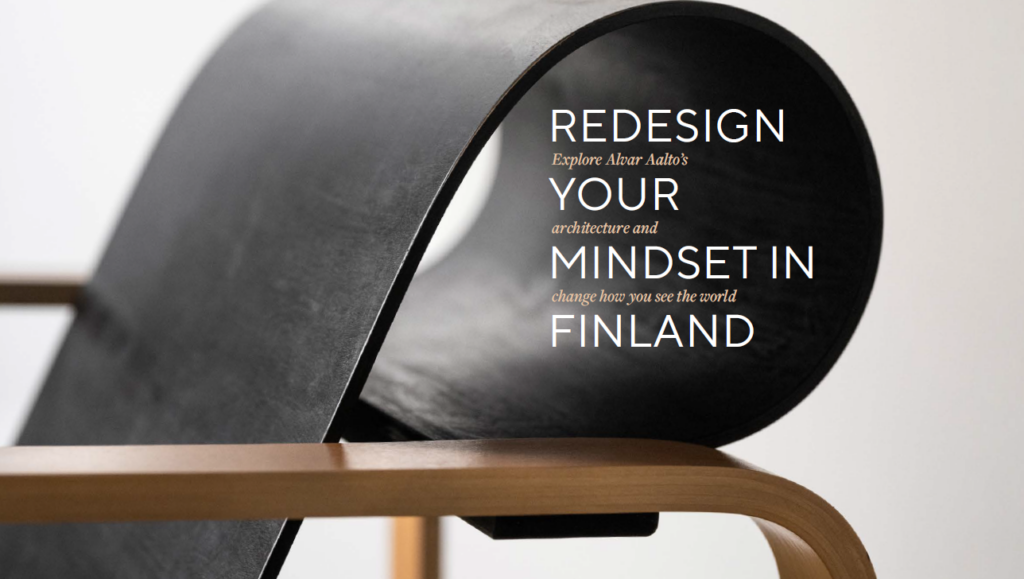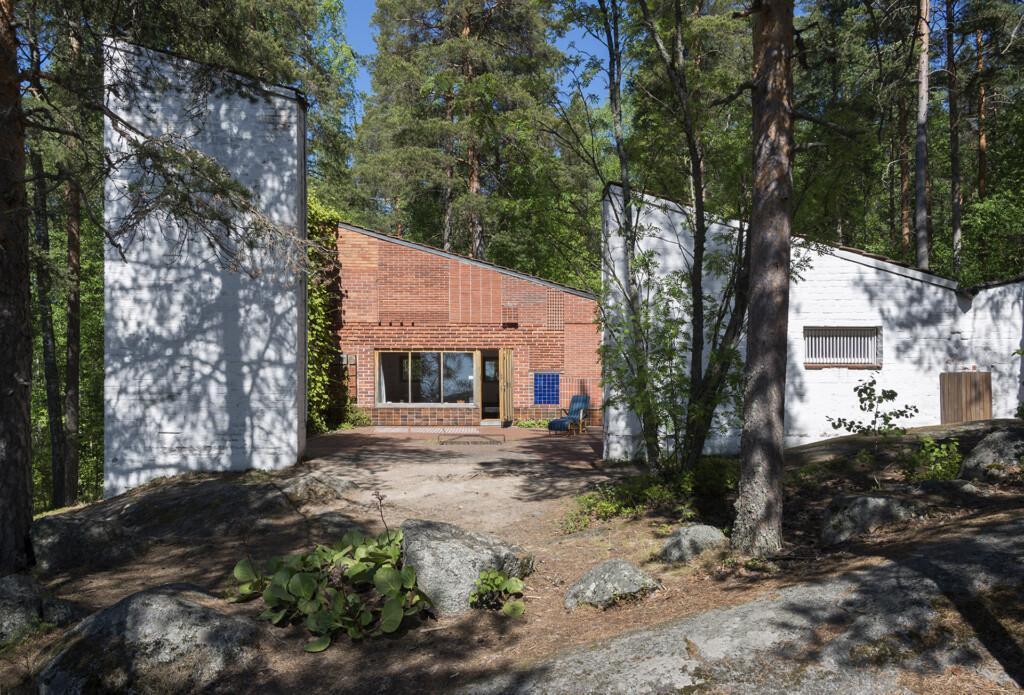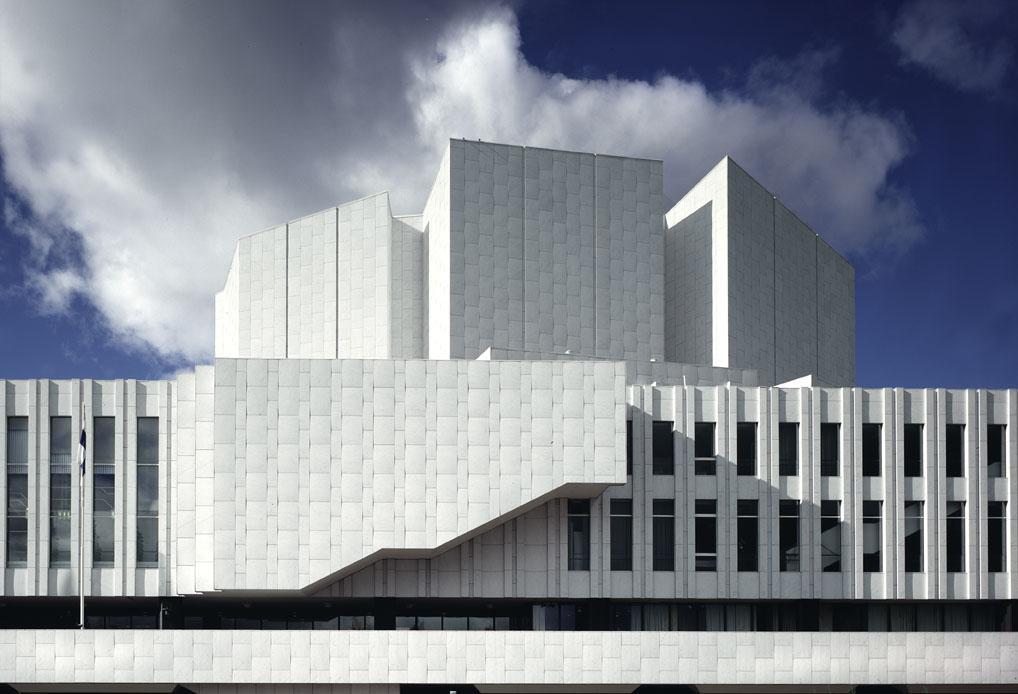Finlandia Hall
Discover this destination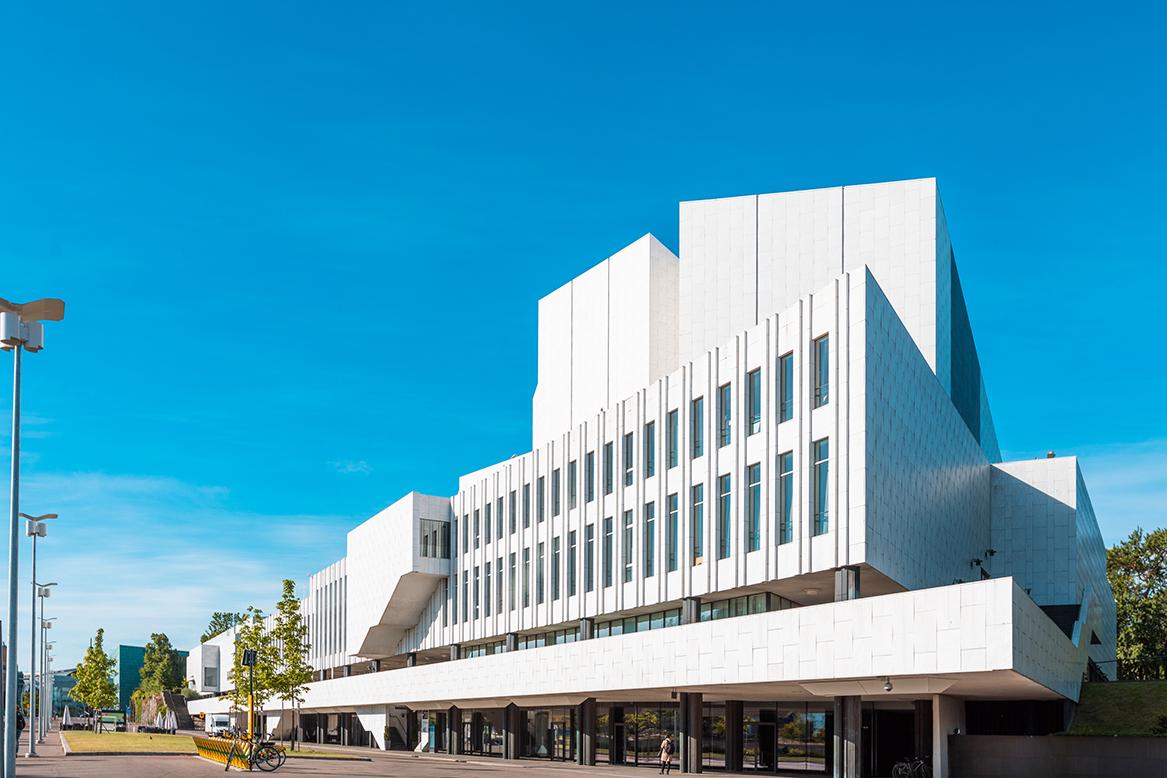
Step Iinto an experience
Finlandia Hall is one the most important architectural attractions in Helsinki. Alvar Aalto’s design was finished in 1971 in its beautiful central location by the Töölö Bay.
As the name indicates, Finlandia Hall was designed to be a symbol for Finland. Aalto originally made plans for the whole Töölö Bay area in 1962. Aalto designed Finlandia Hall, like many of his buildings, as a complete work of art including the interior. The lights, door handles, chairs and other furniture were designed by Aalto and his architect bureau. They constitute an essential part of the full masterpiece known as Finlandia Hall and definitely make the inside of the building worth a visit as well.
The newly renovated Finlandia Hall opened its doors in January 2025, offering a unique blend of Finnish architecture, design, and culinary delights. This iconic building has been transformed into an inspiring event venue where history meets modern innovation in a truly captivating way.
The refreshed Finlandia Hall features a variety of new services and experiences for visitors to enjoy:
Finlandia Cafe & Wine
Relax and indulge in unforgettable flavors at the cozy wine café, set against the stunning backdrop of Töölönlahti Bay. Enjoy a fresh perspective on these beloved views while savoring exquisite wines and coffee. While the wine café at Pikku-Finlandia is closed during January, both cafés will be ready to welcome you soon, offering even more opportunities to enjoy this unique atmosphere.
Finlandia Shop
Design enthusiasts will love the newly opened shop, inspired by the architecture and unique details of Finlandia Hall. Discover beautiful design pieces and take home a touch of Finlandia Hall’s timeless charm.
Finlandia Homes
Experience something truly extraordinary – now you can stay overnight at Finlandia Hall! The beautifully restored apartments combine functional aesthetics with the warmth of a Finnish home, offering a one-of-a-kind accommodation experience in a historic setting. Book your stay today and make your visit unforgettable!
Finlandia Bistro
For the first time, Finlandia Hall features a bistro-style à la carte restaurant that celebrates Finnish ingredients and craftsmanship with a modern twist. Finlandia Bistro is open for dinner from Thursday to Saturday and is available for private events at other times. The Bistro officially opens on January 17, 2025 – book your table now and treat yourself to an unforgettable dining experience!
A Year Full of Events
Finlandia Hall’s calendar is packed with diverse cultural events, including concerts, musicals, theater, and dance performances. The legendary venue provides a stunning setting for both grand and intimate events alike.
In summer 2025, a captivating new exhibition will debut, inviting visitors on a journey through the creative legacy and architectural brilliance of Alvar, Aino, and Elissa Aalto. The exhibition will showcase the diversity of their work and offer fresh perspectives on their enduring impact.
Guided tours of Finlandia Hall provide a deeper look into the history and architectural significance of this legendary building. Details and schedules for the tours will be announced soon.
Step into architecturally fascinating experiences where only imagination is the limit. Experience unique event venues in Helsinki, near the beautiful scenery of Töölönlahti Bay. Welcome to the most memorable experiences of Finlandia Hall and Little Finlandia.
Finlandia Hall
Address
Mannerheimintie 13 E, 00100 Helsinki, Suomi
Phone
+358 9 40241
